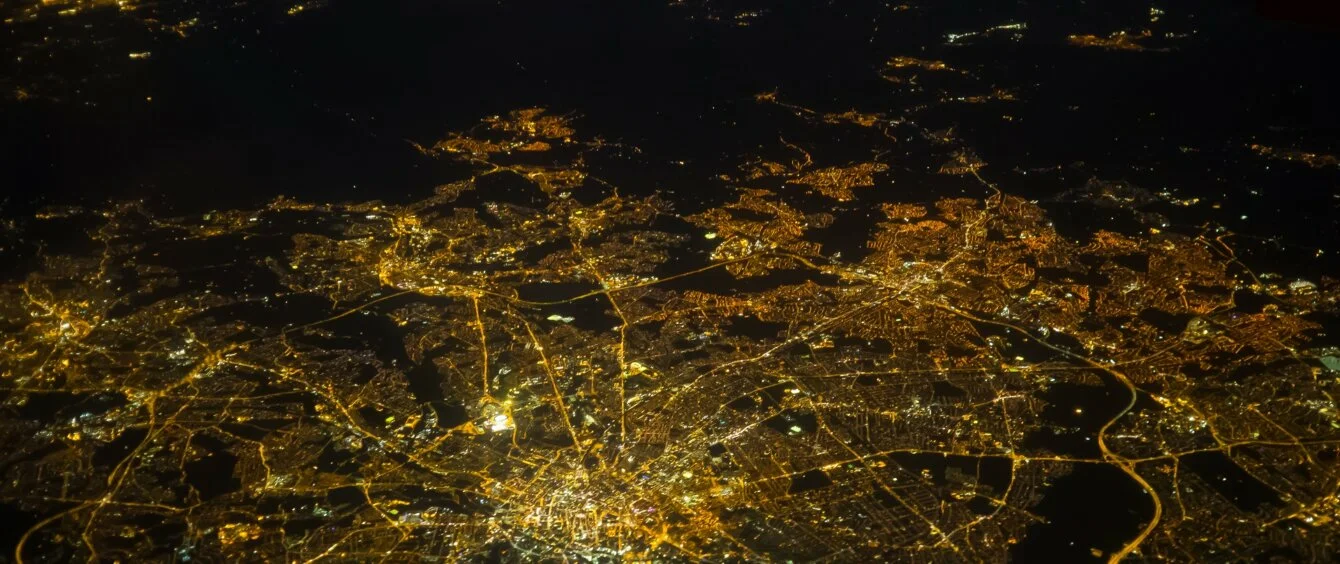The UK needs more wires and needs them fast – that was the message from a report by the Electricity Networks Commissioner Nick Winser presented to the UK government this summer.
There are clear drivers for the expansion of the UK electricity network. First is the need to link up new renewable energy capacity as the UK moves towards a net zero economy by 2050.
Central to this is the planned construction of 50 GW of offshore wind by 2030, which needs to be connected to the national electricity grid. In addition to the offshore power links, network strengthening, expansion and modernisation are required on land to distribute the electricity to consumers.
Then there is transport. More battery electric cars were sold in the UK in 2022 than ever before and the numbers are only likely to grow.
In addition, major industries are expected to increase their use of electricity as the grid decarbonises. Clean fuels are also expected to come to market, many of which start with power, using electrolysis to produce hydrogen as their basic building block.
In short, the UK will generate and consume more electricity. To do so, it urgently needs the infrastructure to transmit that electricity from generation sources to the consumers that rely on it.
Time gap
However, there is a problem. Building major power lines currently takes 12-14 years from identifying the need to actual operation. Building an offshore wind farm – no mean feat of engineering itself — takes less than half this time.
The risk is that generation capacity, which is urgently needed to provide clean power, will come online before the grid infrastructure is in place to use it efficiently, resulting in grid congestion and renewable energy capacity standing idle.
Wide-ranging recommendations
In his report, Winser makes 18 recommendations. These aim to clarify the responsibilities of the bodies involved, streamline decision making and update and create better planning structures. He calls, in particular, for forward strategic thinking, including a Strategic Spatial Energy Plan for the UK.
He says: “it is unrealistic to imagine that we can wait and see what energy sources and demands arise, then hope to build the necessary networks in time.”
There are, of course, good reasons why building major power lines takes time. There are the technical demands, the mobilisation of staff, consultations with the people and interests impacted by the construction route and the need to place large orders with companies, the timetables of which depend on their existing order book and capacities.
These companies are busy and getting busier. The UK is not pursuing greater electrification, decarbonisation and eventually a net zero carbon economy alone – countries across the world are doing so, creating huge demand for new transmission infrastructure and stretching the existing supply chains which deliver it.
However, Winser believes the UK must move quicker than at present so that grid development occurs in harmony with the construction of low carbon power generation. Seven years from need identification to operation is the target.
Indeed, RWE, which strongly supports the report’s ambition, has identified securing timely grid connection and wider grid capacity issues as the number one issue affecting its ability to deliver clean energy projects across the UK.
The company has set out a number of proposals and ideas that complement the broader, long-term proposals within the report.
© Nigel Wallace, shutterstock.com
